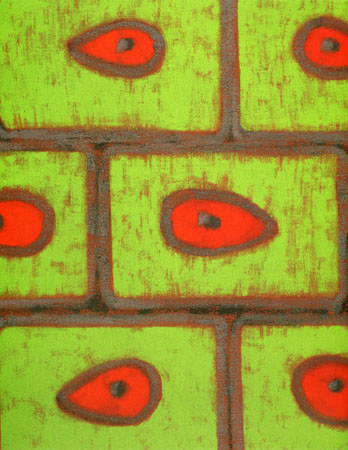

home | books | poetry | plays | translations | online | criticism | video | collaboration | press | calendar | bio
| Art Books and Catalogues | Curatorial | Poetry | Translation |
 |
|||
| Francesco Clemente: Tandoori Satori and Commonplace, 2004, The Rose Art Museum, Brandeis University, Waltham | |||
|
Birth of the Universe: Recent Paintings by Francesco Clemente (excerpt) The paintings of Francesco Clemente have always intrigued me, for several reasons – their masterful use of a variety of techniques; the unpredictable invention of their imagery; and the contemporary synthesis of a baffling array of histories, stories, symbols, and beliefs. What makes Clemente’s imagery so compelling is that it really is something new. It is a synthesis in the literal sense: he has mixed elements – sometimes consciously, sometimes unconsciously – in his cauldron, heated them with his own elemental fire, and what comes out is Clemente. I have traced elsewhere some of the traditions that come together in Clemente’s work. The importance of Hindu religious sexuality and of pre-Renaissance Christian iconography in Clemente’s imagery is evident. I became fascinated in following the confluences of West and East, Greek and Indian, Christian and Buddhist, that have occurred at various times in the lands between Greece and India. Such interactions took place in archaic times; Greek religion is a product of a mixture of elements. The Greeks had no word for religion as we know it today. They had devotions or cults, and they survived on ritual, as we do. W.K.C. Guthrie outlined two distinct facets of the Greek belief system: one, the officially and openly presented belief in the Olympian, male-dominated, gods; the other, the worship in secret ceremonies, called mysteries, of various deities. The best known of the latter, those celebrated at Elusis, were “in honour of Demeter, the Mother of life, whose worship in the lands of the eastern Mediterranean goes (to quote Sir John Myres) ‘as far back as either records or monuments carry us.’” |
|||